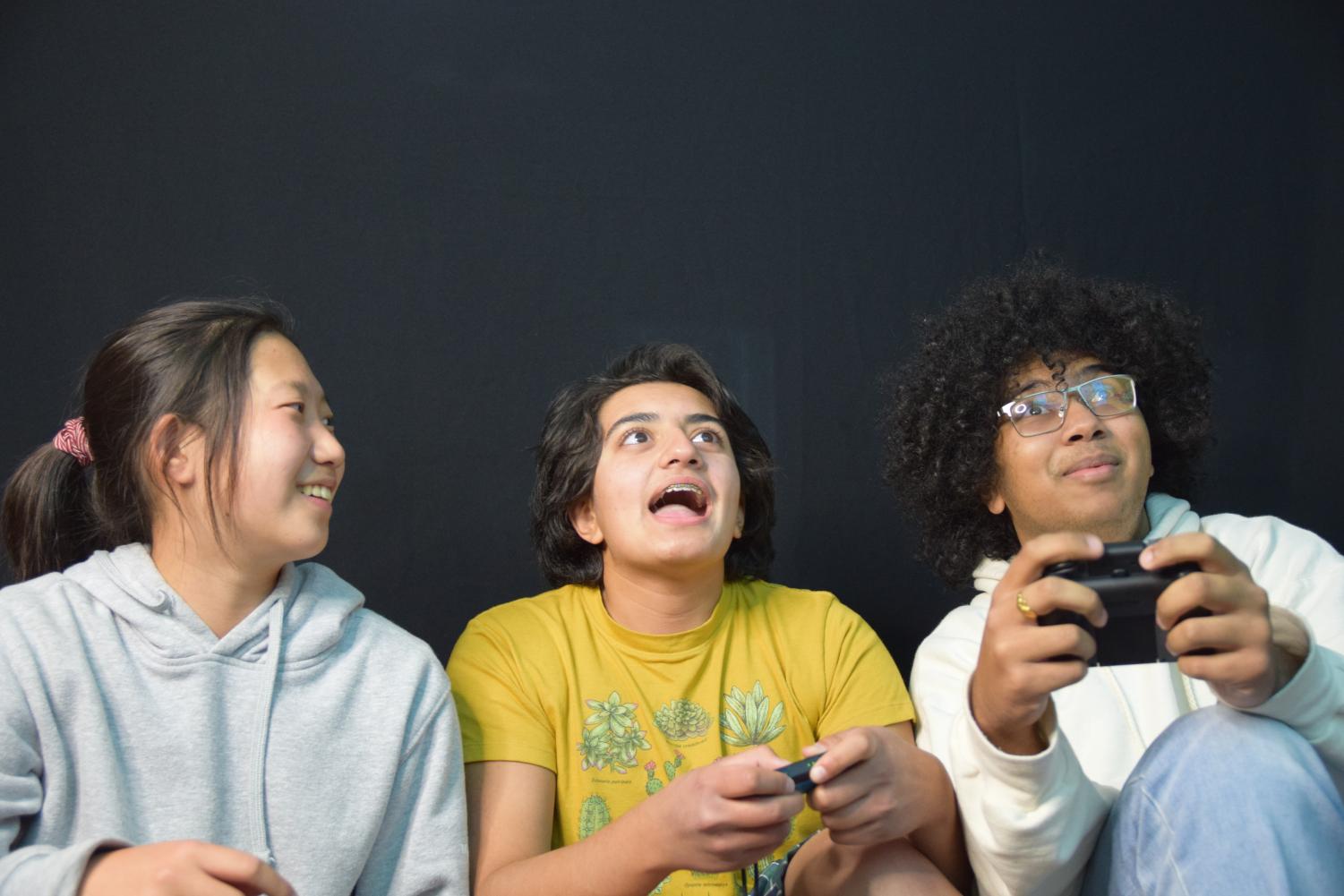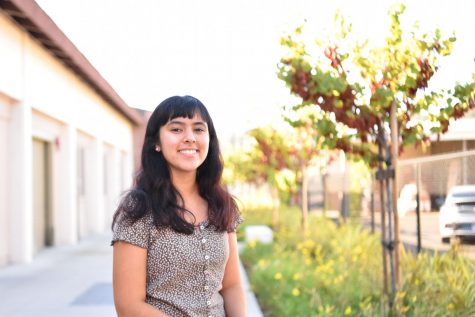From textbooks to television
Examining the impact of teaching through more modern, accessible means
April 27, 2022
Junior AJ Jiang hates the World Literature text “Lord of the Flies” by William Golding. According to them, the book has “no redeeming qualities,” and was instead “unrelatable” and “annoying.” The book, along with “Romeo and Juliet” by William Shakespeare, led Jiang to realize that without relatable literature for students to analyze, the class became “useless.”
“Did anyone get anything from ‘Lord of the Flies’?” Jiang said. “Like, nothing. Some stuff about how the human condition is savage, and blah, blah, blah. Teach us something useful. We’re all these mostly upper middle class kids that are going to go into tech, business or med school. We’re not going to get thrown into the wild.”
Building contemporary, more accessible media into literature classes is something that Fremont High School teacher Melisa Lu is quite familiar with. Because English was not her first language, she ended up picking up the language through anime. To Lu, anime is “where [her] heart is,” and as a literature teacher, she believed it only natural to include the media into her curriculum.
“I know that [students] grew up with a lot more technology than probably teachers did,” Lu said. “And so [they’re] very much attuned to the visual medium, whether that’s through social media looking at images or through animated shorts watching TikTok. The visual medium can teach a lot of the same skills you might use when analyzing written works.”
Literature teacher Randy Holaday believes that teaching through visual mediums is becoming increasingly common in more specialized English courses like Honors American Literature, AP Literature and British Literature — in British Literature, Holaday teaches his units on satire through TV shows such as “Black Mirror,” “Sherlock”and “Star Trek” to engage students critically in contemporary media, reiterated by Jiang.

“If you go to any English teacher, they’re going to say that they find the subject matter relevant to modern day even if we’re reading books that are X number of years old, right?” Holaday said. “And I think multimedia is a way of putting your money where your mouth is and just being like, ‘So let’s actually make those connections.’”
However, Jiang believes that there is a line between media that is “too casual” and contemporary. One such contemporary novel students read in freshman literature is “Aristotle and Dante Discover the Secrets of the Universe” by Benjamin Alire Saenz. Jiang did not enjoy the lack of depth in the book, finding it to be “too casual.” They are cautious of looking for literary devices in popular fiction because it is meant to be “easy to read.” Despite that, they believe it can be valuable to study tropes and cliches to understand both where those are coming from and what impacts they can have on our perceptions of the world.
“I think popular media is a really, really good way to explore common mistakes in thought that we have because this is the kind of stuff that influences our consciousness, and if you can see how the stuff that you consume is being problematic, and you start being aware of how they’re sending certain messages, it makes it kind of more interesting to see that media rather than [being] like, ‘Oh, it’s problematic. I’m not gonna watch it.’” – Junior AJ Jiang
At FHS, Lu has taught lessons in anti-racism, social justice, cultural responsiveness and critical race theory using clips of anime and animated shorts from Pixar and Disney. As a literature teacher, Lu believes it is important to use stories to help students learn how to recognize oppression and resist it in their everyday life. For example, she’s shown the 2003 version of “Kino’s Journey” in her classes to teach about tribalism and illustrate concepts about war and othering. In response to her unconventional teaching method, Lu has seen students show “delight, excitement, happiness [and] pleasure.”
Similarly, Holaday finds that including multimedia in the curriculum not only intrigues the students, but also makes him more excited to teach it. Despite the fact that his classes analyze movies, TV show episodes and video games in the same way they would view a book, he sees more interest in non-written mediums. While multimedia is a big part of some classes, those are offered only to upperclassmen, and to him, the next step in improving the literature curriculum is allowing non-traditional methods of teaching to become more prevalent in underclassmen classes.
Holaday’s “biggest dream” is being able to make video game accounts for his students and, instead of having them read pages from a book, have them play a game for 20 minutes. Jiang also has their own potential addition to the general curriculum — the TV show “Bojack Horseman,” which they believe is good to analyze due to its social commentary and complex characters. Overall, Jiang sees clear benefits to integrating casual, informal media such as TV shows, video games and modern films into literature classes.
“If you take casual media and teach people how to analyze and consciously consume that casual media even when they’re outside of the literature class, I think that would be way more effective than teaching us these super dramatic things about the human condition that aren’t relevant to anyone,” Jiang said. “We’re all surrounded by a bunch of media just because of the Internet that’s constantly influencing our value systems,” Jiang said. “It would be very useful for us to learn how to critically consume that instead of just letting [ourselves] get easily sucked into these echo chambers and form habits of consuming s***** propaganda that keeps us from growing intellectually.”


















